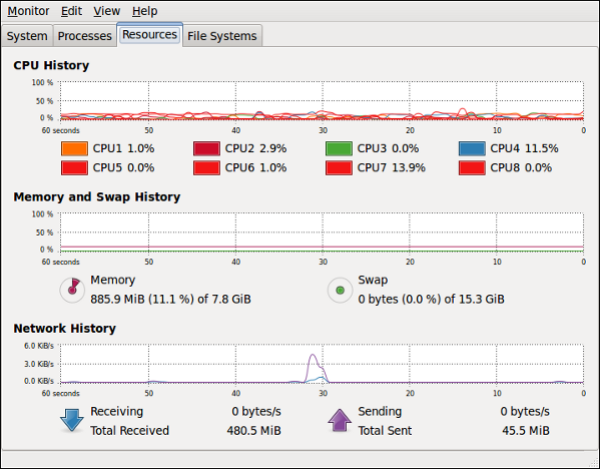On Linux operating system there are lots of commands for almost everything. Linux offers you wealthy options to use its memory. It is really a tough job every system administrator to manage memory on Linux system in large company. Here we have listed out Top and best 10 ways to check memory usage in Linux for you. It is necessary commands or tools for network administrator to access Linux based server. To ensure your system and commands runs optimally you should monitor your memory usage. Scroll down and go through impressive ways to check memory usage in Linux system.
10 Ways to Check Memory Usage in Linux:
- Free command:-
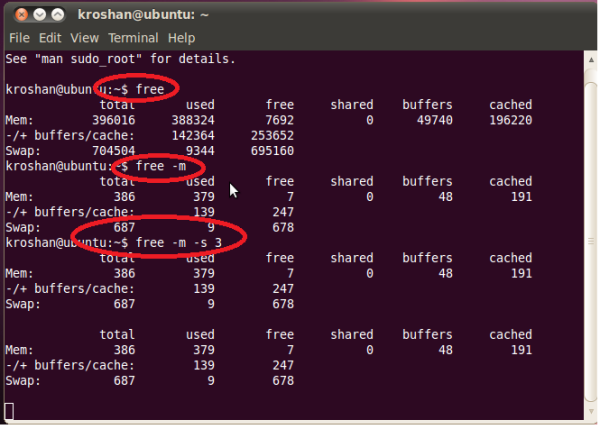
Free command is the one of simple and easy to use ways to check memory usage in Linux. You can use free command with m flag that which is easy to read as values are shown with MBs. It will show a snapshot of physical free and used space of system as well as buffer space on kernel.
- Top :-
To monitor Linux performance and memory, Top is the one of top 10 ways to check memory usage in Linux. Top command works on both Linux and UNIX operating systems. It activate real- time processes in a list and update them regularly. The ordered list includes CPU usage, buffer memory, cache memory, swap memory, memory usage and much more.
- atop:-

A very a well known ways to check memory usage in Linux is atop command. It will show you a snapshot of processes along resources usage. The atop command is very useful for system administrator to take correct and required action.
- Vmstat:-
Vmstat is stands for virtual memory statistics. This command has purpose to compile a list of virtual memory, kernel threads, I/O processes, disks and much more. It is not available in your system, you have to install package called sysstat.
- RAM information:-
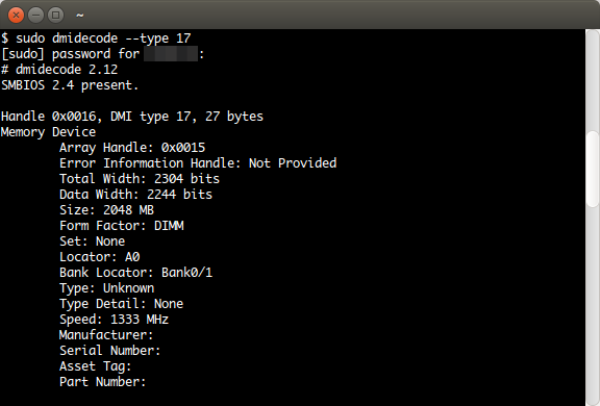
To get the hardware information about Ram, you can use demidecode command. Demidecode is the one of best ways to check memory usage in Linux about RAM. It compile a list of RAM information such as size, speed, type and much more.
- -S and –L with free command:-
To know about high and low memory size statistics, you can use –L command in lower case with free command. To update at regular interval you can use –S in lower case with free command. With the use of number like 7 with –S, it will update commands for every 7 seconds.
- Arpwatch:-
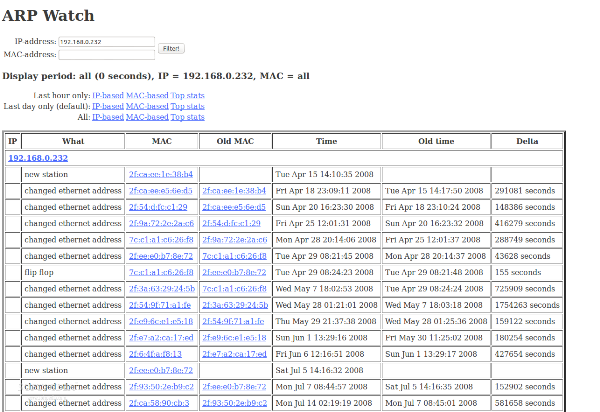
Arpwatch is powerful program and one of best ways to check memory usage in Linux. It has aim to monitor address resolution of Ethernet network on Linux network. It is very useful and has the feature of E-mail alerts and detecting ARP spoofing.
- Netstat:-
Netstat is one of very useful tool for monitoring incoming and outgoing network packets on linux operating system. It is very useful for network administrator to check performance and to solve troubleshooting network problem.
- /proc/meminfo:-
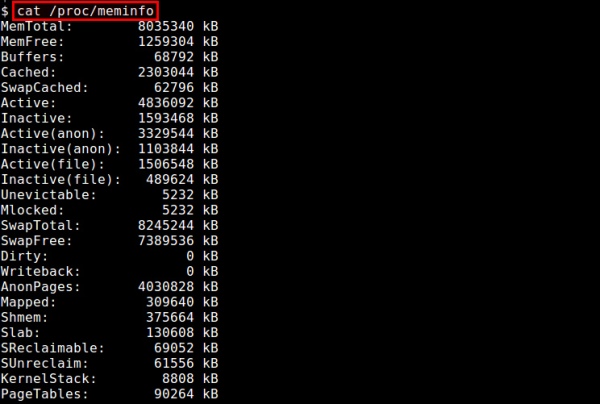
If you want full information about memory usage in Linux, you can try /proc/meminfo. It will compile a detailed list of memory usage.
- Bytes, Kilobytes and Megabytes:-
You can easily checkout memory usage in bytes, kilobytes and megabytes followed by –b, -k and –m with free command.
